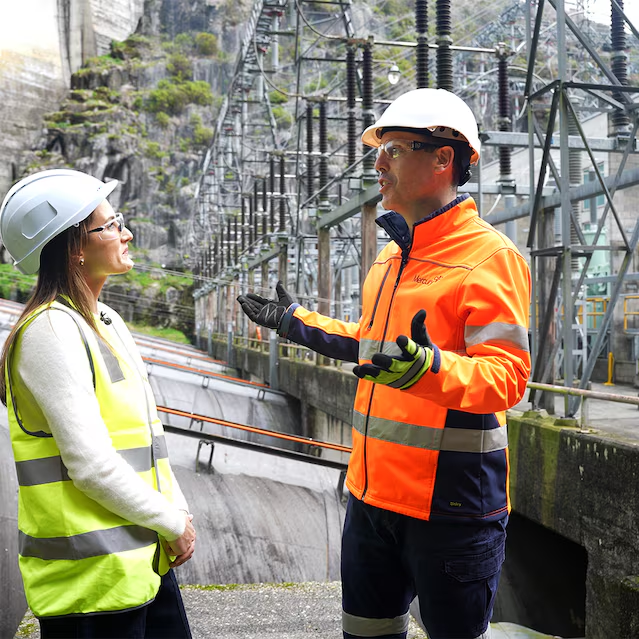Kuwait $53M port secret is catching global attention. A key development in Kuwait’s ambitious infrastructure push involves a substantial contract—worth roughly $53 million—linked to the Mubarak Al-Kabeer Port on Boubyan (Bubiyan) Island. The question on everyone’s lips is: Is China leading the way?
Why the Kuwait $53M port project matters
Kuwait has long relied on its traditional ports like Ash Shu’aybah, Mina’ al Ahmadi, and Mina’ ‘Abd Allah. But the new Mubarak Al Kabeer Port, under construction on Bubiyan Island, signals a bold shift. Part of the grand Silk City vision and aligned with China’s Belt and Road Initiative (BRI), this port project is central to Kuwait Vision 2035
The Kuwait $53M port project—believed to be a segment of wider development—marks Kuwait’s push to diversify beyond oil. As Kuwait seeks to transform Bubiyan Island into a modern trade and logistics hub, the port’s strategic value becomes clear.
What’s the $53M port secret?
The term Kuwait $53M port secret refers to a significant, yet not widely known, contract or budget allocation tied to Kuwait’s new strategic port project. Fast Company reports that Kuwait signed a key agreement with a Chinese state company for port studies, designs, and pre-implementation—part of a larger $3.2 billion project for the Mubarak Al-Kabeer Port Meanwhile, Wikipedia notes a $53.2 million award for a Boubyan substation related to the port and Silk City development
Why is the Focus Keyword so important?
Starting the article with Kuwait $53M port secret and sprinkling it across sections—especially subheadings—improves search visibility and keeps the reader focused on the central question: Is China driving this project?
Overview of Mubarak Al-Kabeer Port
The Mubarak Al-Kabeer Port, under construction on Bubiyan Island, is a flagship of Kuwait’s Silk City project, aligned with Vision 2035 and China’s Belt and Road Initiative . The port is expected to be fully operational by 2026
As of 2020, the project was around 53% complete, with at least four berths operational by April 2021 . In addition to maritime infrastructure, the surrounding region will include power plants, substations, and an integrated transport network
Is China Leading the Way?
Chinese Involvement in the Project
Several sources confirm China’s prominent role:
- Kuwait approved China State Construction Engineering Corporation to operate and manage the port’s initial phase; Chinese firms are involved at all stages, with around half of phase one already completed
- Fast Company highlights that Kuwait signed an agreement with a Chinese state transport corporation covering studies, design, and pre-implementation services
- Arab Times notes Kuwait and China reaffirming commitments in March and May 2025 to push the port’s implementation, with Chinese delegation engagement and political support from Kuwait’s leadership
Strategic and Regional Implications
Experts see the Kuwait $53M port secret as part of a broader geopolitical vision. The port is central to positioning Kuwait as a trade and logistics hub in the Kuwait-Pakistan-China corridor, strengthening its role in the Belt and Road network

Broader Impact on Kuwait’s Vision 2035
Economic Diversification and Trade
Mubarak Al-Kabeer Port is a lynchpin in Kuwait’s plan to diversify its economy. As a modern logistics hub, it could handle millions of containers annually, significantly boosting trade and commerce
Infrastructure and Connectivity
The port is part of a regional makeover: connected by roads, rail, and corridors extending toward Saudi Arabia, potentially bypassing unstable maritime routes It complements other Silk City components like power infrastructure, causeways, and urban developments
Geopolitical Balancing
Kuwait looks to balance traditional alignment with the U.S. around security, with expansive economic ties to China. The port—and the Kuwait $53M port secret behind it—symbolizes this calibrated dual alignment
Conclusion: What the “Kuwait $53M port secret” Tells Us
The Kuwait $53M port secret represents more than a number—it signals deep Chinese engagement in Kuwait’s future. By working hand-in-hand on studies, construction, and operations, China plays a critical role in shaping Mubarak Al-Kabeer Port, while Kuwait leverages this partnership for economic transition and regional influence.
As the port nears completion, the question remains: is this just one chapter in Kuwait’s Silk City, or a blueprint for greater regional integration? Either way, the Kuwait $53M port secret gives us a glimpse into a carefully crafted strategy—where infrastructure investment meets geopolitical savvy.
Do follow us: Instagram
Read More: Dubai Shoppers Can Now Turn Loyalty Points into Property Investments



